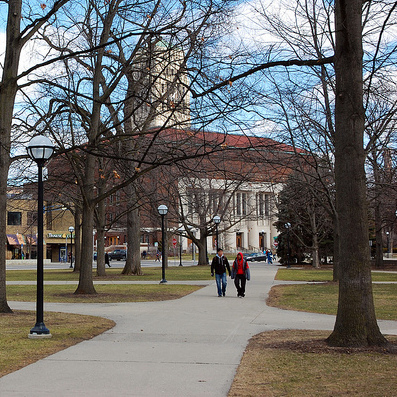Building pathways to your courses
How do U-M undergraduates choose their courses and majors? CRLT recently investigated this question for five LSA departments by analyzing Registrar data, surveying students, and conducting student focus groups. Our findings can help faculty and programs across the university successfully inform students about their offerings and increase the numbers of students who take advantage of them. A summary of the results and recommendations can be found here.
 Some of our key findings about students' selection processes include:
Some of our key findings about students' selection processes include:
- Above all, students use the online Course Guide (rather than printed publicity such as posters) to learn about course options. They look to departmental websites for information to help guide their decisions about concentrations.
- Other people strongly influence students' course and concentration choices. These include their academic advisors (especially in the first and second year), their peers, and their parents.
- While meeting a requirement is reported as the primary reason students choose a course, the second is an "interesting topic" -- often defined as an interdisciplinary course or a class that makes connections to future professional/educational plans.
What practices do these findings suggest if you're interested in recruiting students? Some include:



 Is the pen mightier than the keyboard? Based on a recent study, when it comes to notetaking in class, the answer to this question might be “yes.” In their
Is the pen mightier than the keyboard? Based on a recent study, when it comes to notetaking in class, the answer to this question might be “yes.” In their 
 These are common questions as teachers prepare for the first days of class, an important time for setting the tone for what is to come in the term. CRLT links to many resources that can help faculty and GSIs think carefully about
These are common questions as teachers prepare for the first days of class, an important time for setting the tone for what is to come in the term. CRLT links to many resources that can help faculty and GSIs think carefully about 




